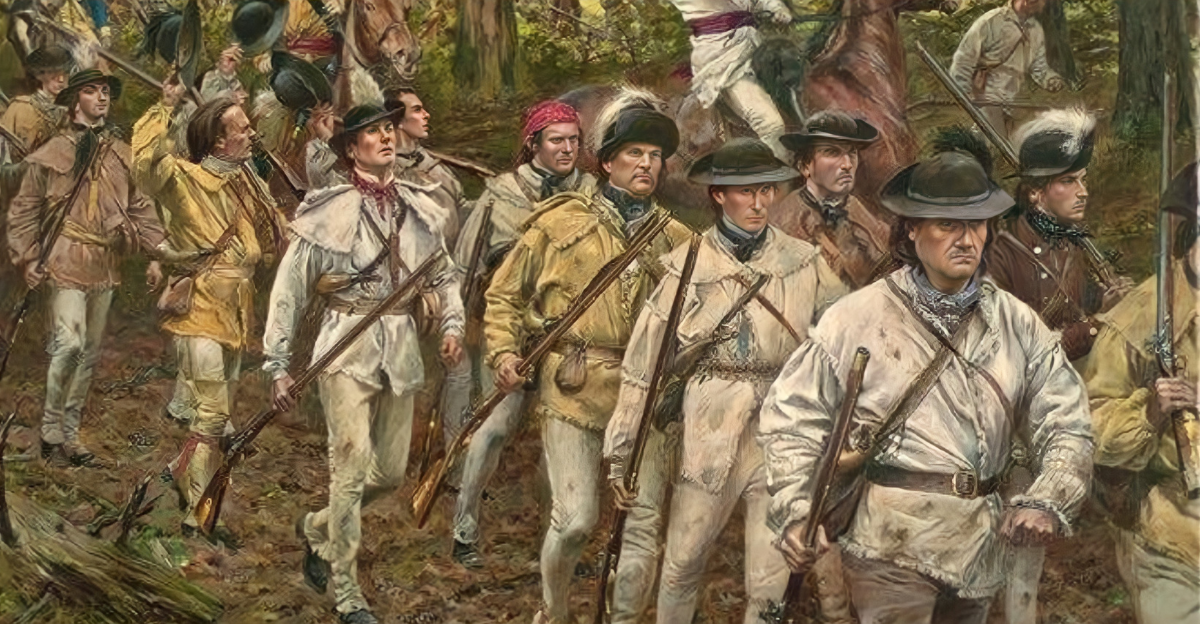
In the wake of the Revolution’s outbreak at Concord and Lexington, the Continental Congress moved to create a national army. On 14 June 1775, it authorized “six companies of expert riflemen… to march and join the army near Boston”, making them among the first Continental Army units.
Virginia’s frontier sprang into action. Colonel Daniel Morgan in Winchester and Captain Hugh Stephenson in Shepherdstown quickly recruited skilled riflemen.
Their rapid mobilization launched what became known as the “Beeline March,” an endurance trek of Western hunters racing east to reinforce Washington’s forces.
Continental Crisis
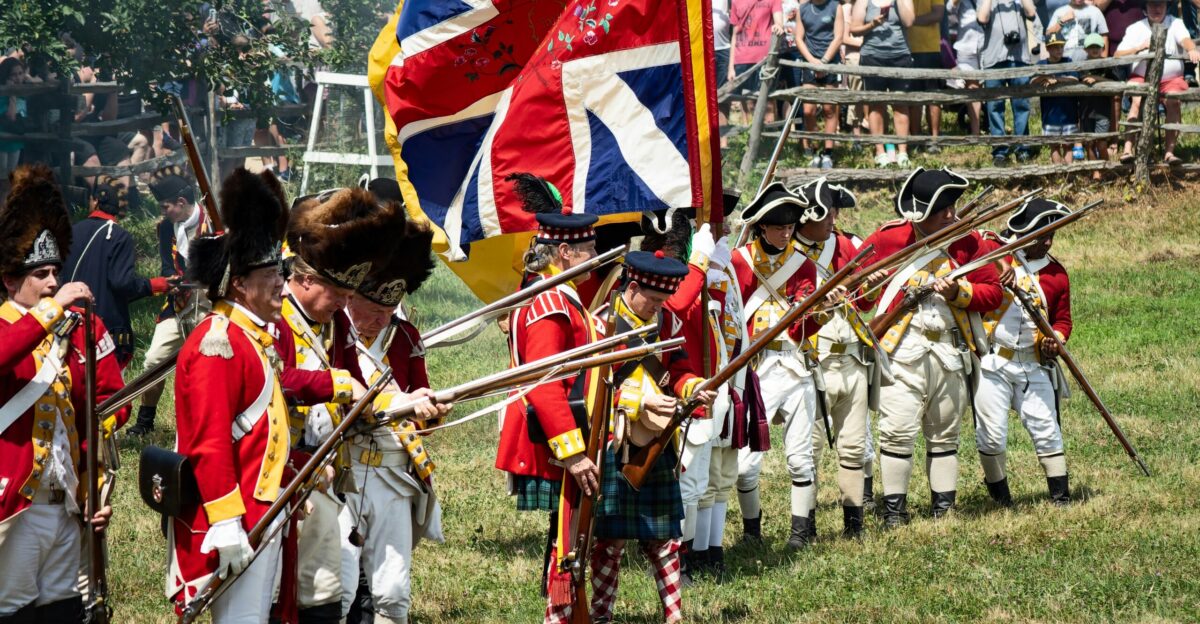
In 1775, Boston’s land routes were effectively sealed by Patriot militia, and the British garrison could only be resupplied by sea. Washington’s army urgently needed skilled reinforcements.
On 14 June 1775, Congress authorized ten companies of riflemen “in Pennsylvania, two in Maryland, and two in Virginia… [to] join the army near Boston” — making them the first official infantry battalions of the Continental Army.
Virginia promptly filled its quota. Both captains quickly mustered their companies and prepared to march, answering their colony’s call at this critical juncture.
Frontier Calling
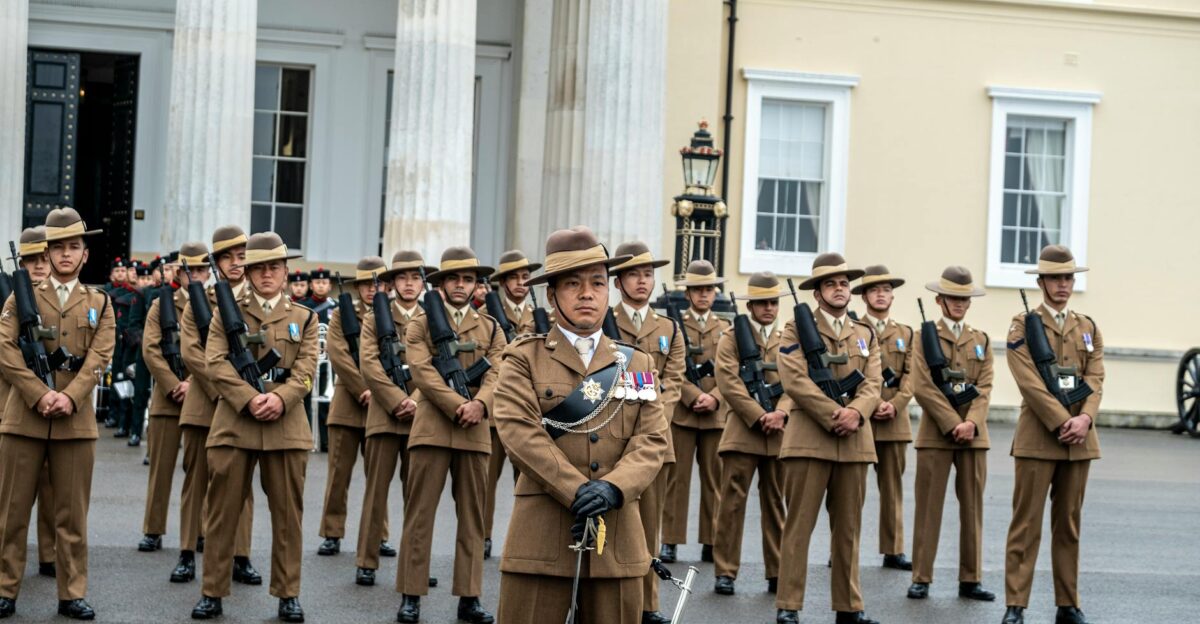
Daniel Morgan raised 96 men in Winchester, primarily seasoned hunters accustomed to the wilderness. Nearby, Hugh Stephenson gathered about 98 riflemen near Shepherdstown, Virginia (now WV).
The two companies agreed to meet and march north together. Recruitment was selective: as veteran Henry Bedinger later wrote, “none were received but young men of Character… [with] an approved Rifle”.
Each man brought his own rifle and gear, viewing enlistment as both duty and adventure.
The captains even made it a contest to see who could reach Washington’s camp first, spurring the fierce pace of the march.
Racing North

By mid-July, the march was underway in earnest. Morgan’s men crossed the mountains from Winchester on July 15, 1775. Stephenson’s group followed two days later from Morgan’s Grove.
Both contingents pushed through rugged terrain at over 30 miles per day on average, hardly stopping to rest. With each town passed, cheering locals offered food and encouragement.
The column’s relentless, straight-line trek earned it the nickname “the Beeline March” – a direct thrust toward Cambridge in the Continental lines. Remarkably, almost no one abandoned the effort despite the grueling pace.
Record Breakers
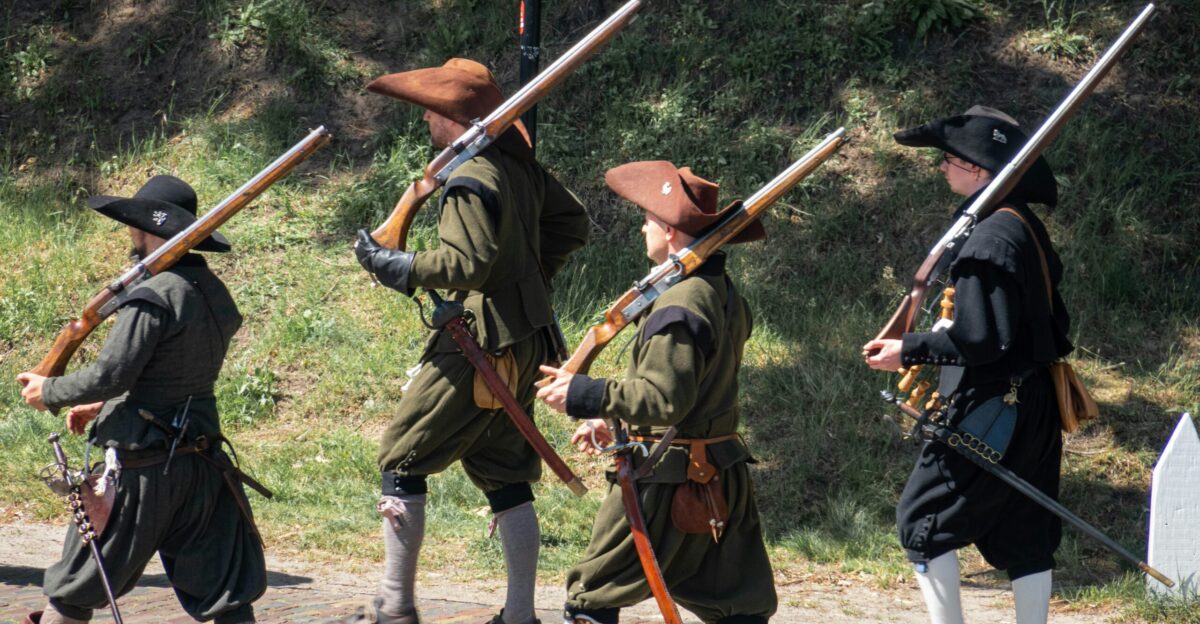
When the companies at last reached Cambridge, the Virginians had set a stunning pace. Morgan’s 96 riflemen walked from Winchester to Boston in just over three weeks, arriving August 6, 1775. Stephenson’s men arrived five days later on August 11.
Together they covered roughly 480–500 miles, about 23 miles per day.
Reflecting their pride, Morgan later said he was “proud not to have left any men behind” during the march.
Though later lore inflated it to 600 miles, most modern historians agree on the lower figure. In any case, no prior Continental force matched that endurance.
Regional Impact
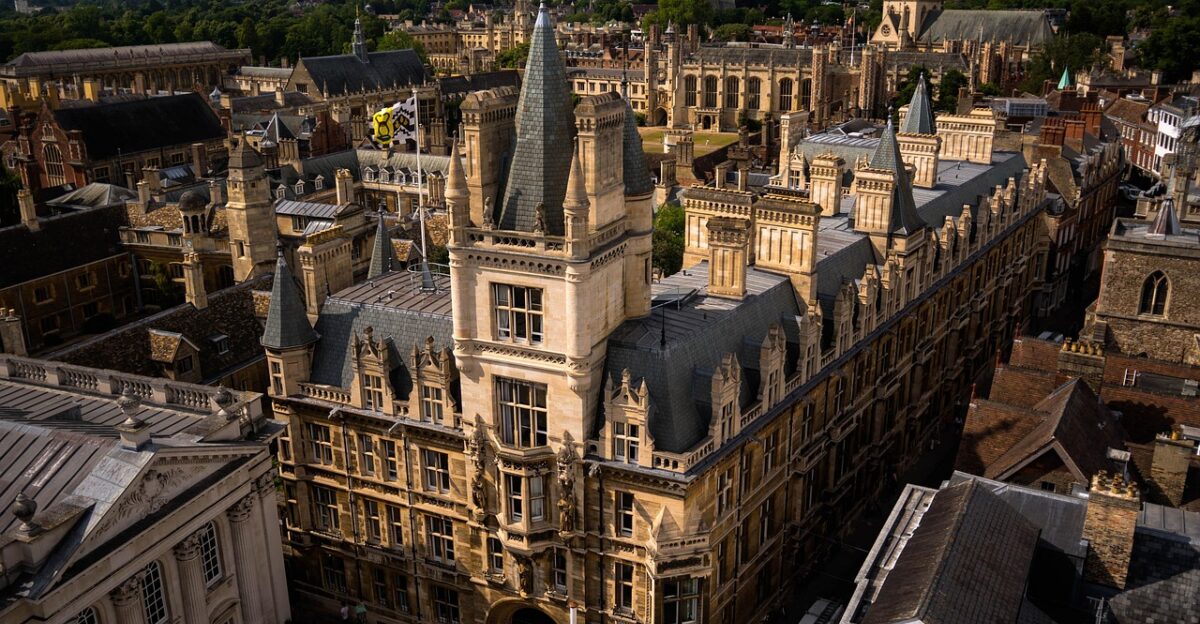
For the army at Cambridge, the Virginians were like a jolt of energy. The riflemen strode through camp in fringed hunting shirts and moccasins, rifles slung on their backs.
Onlookers were amazed by their hardened appearance.
Historian Robert Parkinson later wrote that people considered them near “demigods,” noting their scarred bodies and fearless bearing.
Their arrival vividly symbolized the frontier joining the revolution. It was as if rugged Appalachian hunters had answered the call. Even seasoned city soldiers marveled – the mere presence of these woodsmen brought new energy to the siege.
Human Stories

Sergeant Henry Bedinger of Stephenson’s company left a vivid account. He wrote: “Morgan having the start… we marched (always in single file) from 30 to 36 miles a number of days”.
His diary conveys the day-to-day agony of the march. Only two men dropped out on the way.
By August 11, after roughly 25 days and over 500 miles of hard marching, Stephenson’s exhausted riflemen finally stood before General Washington.
The journal says they “presented their arms” to him as he rode through their ranks. This solemn meeting – dignified yet emotional – capped their extraordinary journey.
British Fear

Meanwhile, in Boston, British commanders grew uneasy over the riflemen. The long Pennsylvania rifles carried four to five times farther than standard muskets.
As Parkinson notes, this made the British “much more worried about Americans killing their officers” at a distance. Even one skilled frontiersman could pick off a sentinel from a range where muskets were useless.
Sentries could no longer relax even behind earthworks. In effect, the besieged army had to brace for an unfamiliar kind of sniper threat. The riflemen’s mere reputation was enough to unsettle the garrison.
Strategic Advantage
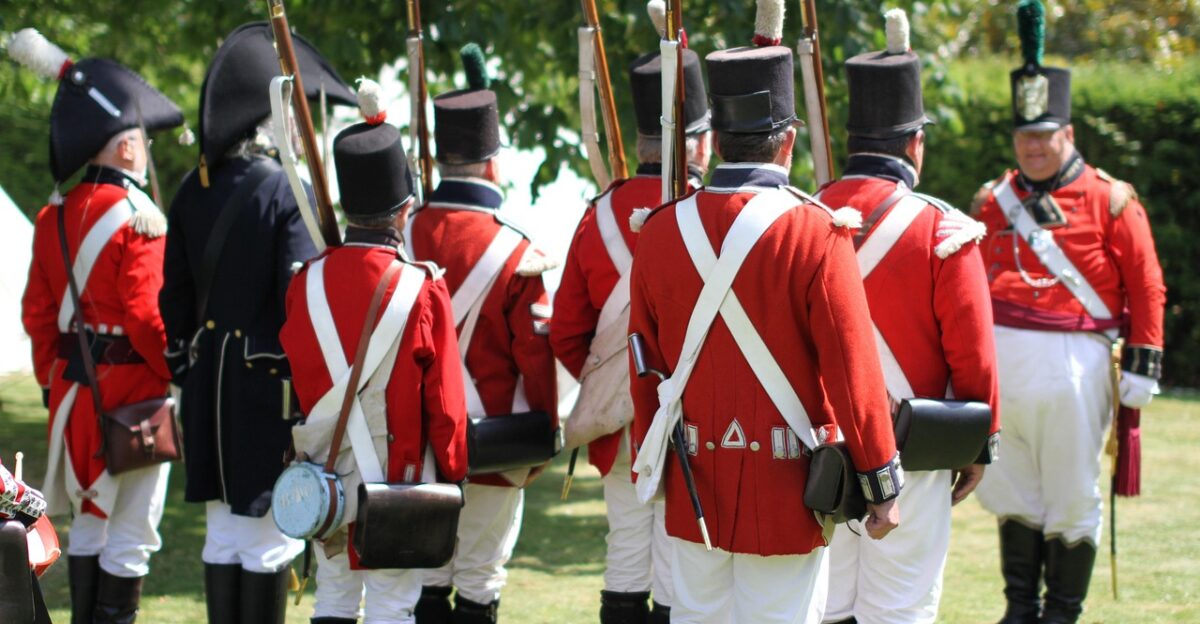
In camp, Morgan’s riflemen delighted in target practice: they famously shot repeatedly into a seven-inch target at 250 yards. That accuracy was legendary. In combat, it translated to real advantage: Americans could harass British encampments from distances that made counter-fire nearly impossible.
A handful of riflemen could pick off officers or sentries with impunity.
Historians observe that the psychological effect far outweighed the actual casualties – the long-range firing alone spread fear among the Redcoats. In short, these marksmen turned individual skill into a strategic force multiplier.
Discipline Problems

Discipline was a major headache. These backwoodsmen hated chores and protocol. They skipped guard duty, grumbled about camp rations, and “habitually roved about,” to quote Washington.
Camp newsletters noted that the Virginians even shot squirrels for sport. John Adams recorded Washington as furious: he “wished they had never come”.
The riflemen seemed almost on the verge of mutiny.
Officers debated sending them home. Ultimately, Washington realized he could not afford to lose such skilled shooters – he had to find a way to channel their wild energy.
Command Frustration
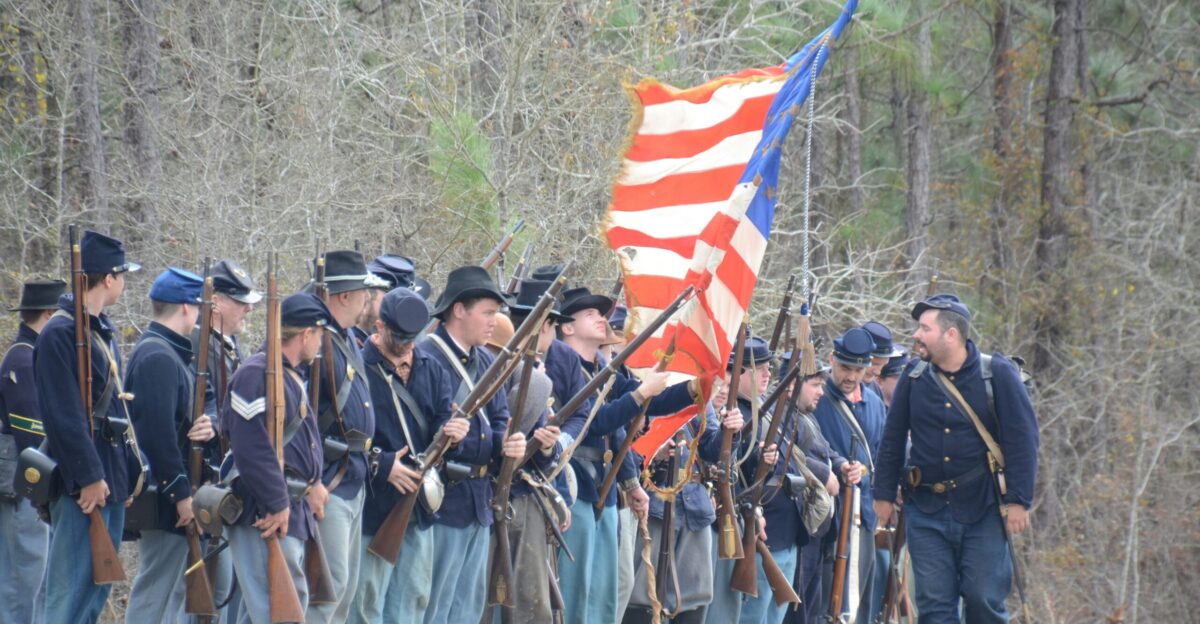
Some Continental officers begged to differ about the riflemen’s worth. In October 1775, Colonel John Thomas wrote that the Virginians “are as indifferent men as I ever served with, their Privates Mutinous…
Unwilling for Duty of any kind”, branding them nearly mutinous. He grudgingly allowed that many of their officers “are likely men” – a telling cultural bias.
In truth, Thomas was venting. Almost none deserted, and Washington quickly began to channel Morgan’s volunteers into an effective unit.
By 1776, even Thomas’s doubts faded as the rifle companies proved reliable. Washington himself came to call Morgan “a good and valuable officer”.
Morgan’s Leadership
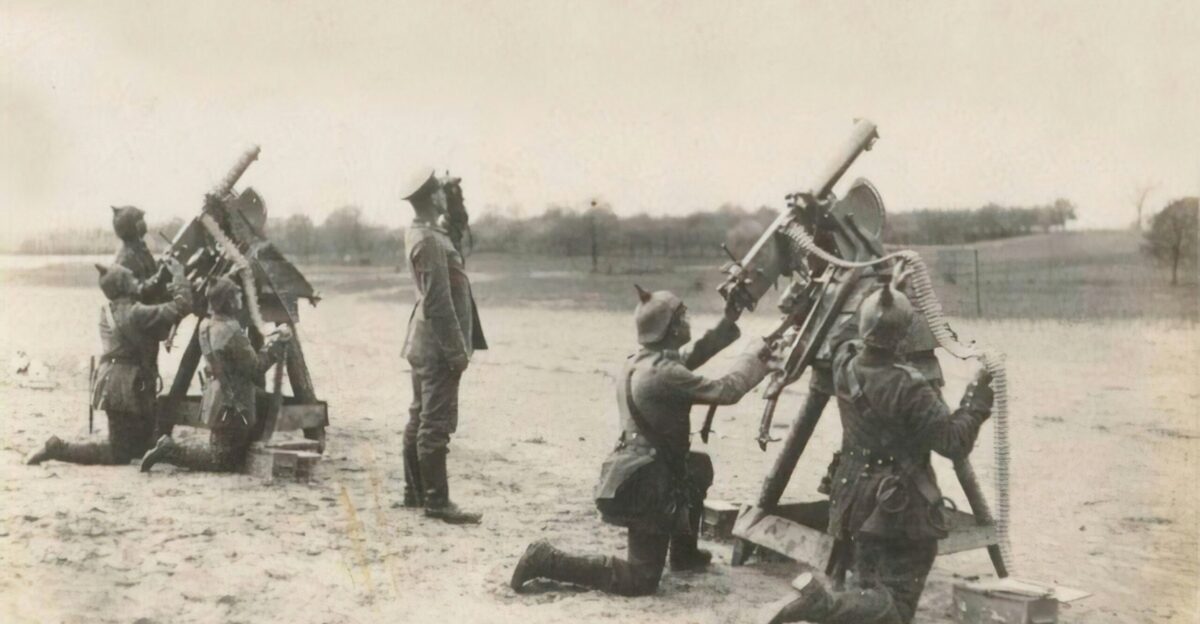
By the next campaign, Morgan proved his mettle. Sent north in late 1775, he was wounded and captured at Quebec.
After his exchange, in 1777, he led 500 riflemen at Saratoga, where they “played a pivotal role” in Burgoyne’s defeat. Congress made him a brigadier general in 1780.
Washington came to rely on Morgan: one painting of Saratoga shows him standing confidently in a hunting shirt, and contemporaries note he “stood out” among the troops.
Under Morgan’s steady command, the once-unruly frontiersmen became an elite light-infantry corps.
Tactical Evolution

In 1777, Washington formalized the riflemen as the Provisional Rifle Corps (about 500 marksmen). Morgan used them in innovative roles.
When British forces retreated through New Jersey, he had the riflemen “sniping the enemy troops as they moved, using their longer range to do so from safety”. In practice, they harassed columns and supply trains from beyond musket range.
During the Saratoga campaign, Morgan’s sharpshooters also helped roll back British scouts and attack the enemy flank.
These operations pioneered what became classic light-infantry tactics of mobility and long-range fire.
Expert Assessment

Experts today still marvel at Morgan’s feat. Military historian Albert Zambone calls the pace “remarkable,” noting Morgan covered roughly 484 miles in 21 days – about 23 miles each day.
“He moves fast even by modern infantry standards,” Zambone observes. The feat has entered military lore.
Even a 2025 Army Infantry journal highlights that those rifle companies “ensured that the first troops in the American Army were infantry soldiers”, linking Morgan’s march to the Army’s own heritage.
Morgan’s march is revered as an extraordinary endurance benchmark.
Enduring Questions

Today, Morgan’s trek still invites scrutiny. Many accounts mention a “600-mile” march, but historians have traced the distance closer to 484 miles.
No Continental record logged every mile, so such figures come from later memory, not paperwork.
Guinness World Records lists no comparable 18th-century march, and later campaigns had no documented rival. In short, the extraordinary feat lives in legend.
As historians caution, its exact metrics remain anecdotal without more archival evidence.
Military Doctrine

In today’s Army, the Beeline March is part of doctrine lore. The Army Infantry journal (2025) even calls the 1775 rifle companies the founding infantry units of the U.S. Army.
Strategists point out that Morgan’s lightning deployment to Cambridge foreshadowed modern rapid-reaction forces.
The psychological impact of those sharpshooters shows how small, elite units can shape a battle.
The march is studied as a classic case of rapid mobilization, mission focus and morale – lessons echoed in Army training and doctrine.
International Recognition
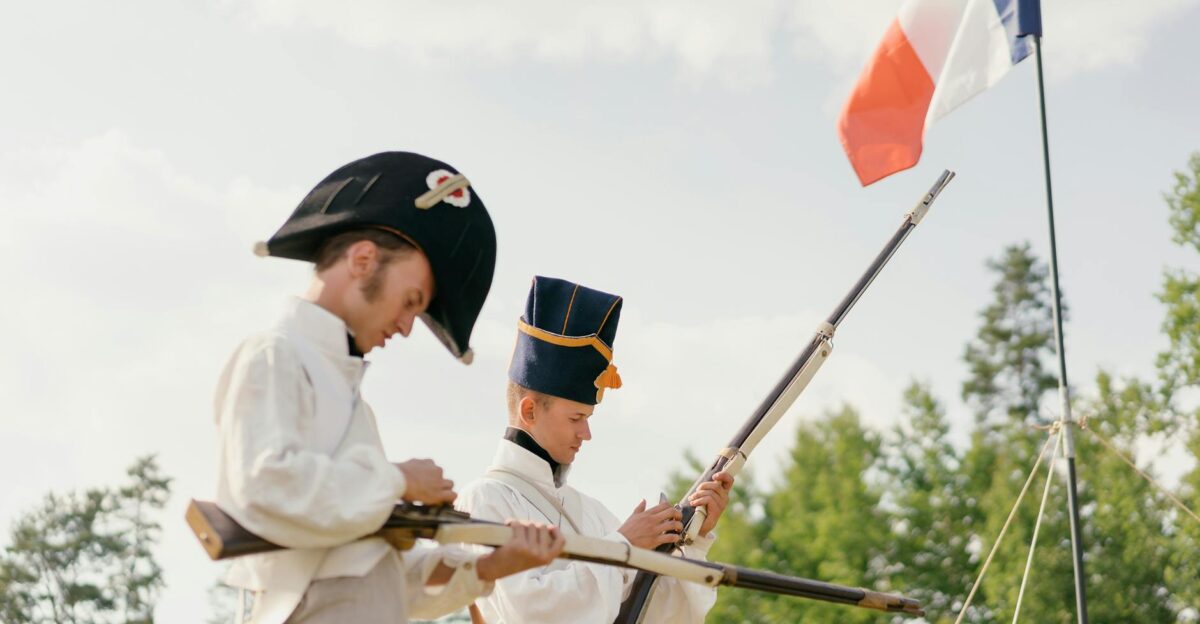
Across the Atlantic, militaries took note. American long rifles could shoot 300–500 yards (versus about 100 yards for British muskets), giving the Revolutionaries a clear edge.
By the Napoleonic era, European armies had formed their own rifle units (like Britain’s 95th Rifles and France’s chasseurs) that emphasized similar skills.
The Beeline March entered military lore as proof that endurance, agility and marksmanship could turn small units into a potent force.
The frontier riflemen influenced light-infantry tactics worldwide.
Historical Legacy

The march’s significance has been formally honored. In 1989, the U.S. Army recognized Morgan’s Grove in Shepherdstown as “the birthplace of the United States Army” – the very spot where Stephenson’s company set out.
Today, the site is a historical park with monuments marking the 1775 rally point. Annual ceremonies in West Virginia honor that June departure. In other words,
The ground where the frontier riflemen began their trek is now celebrated as the cradle of the Army.
Cultural Impact
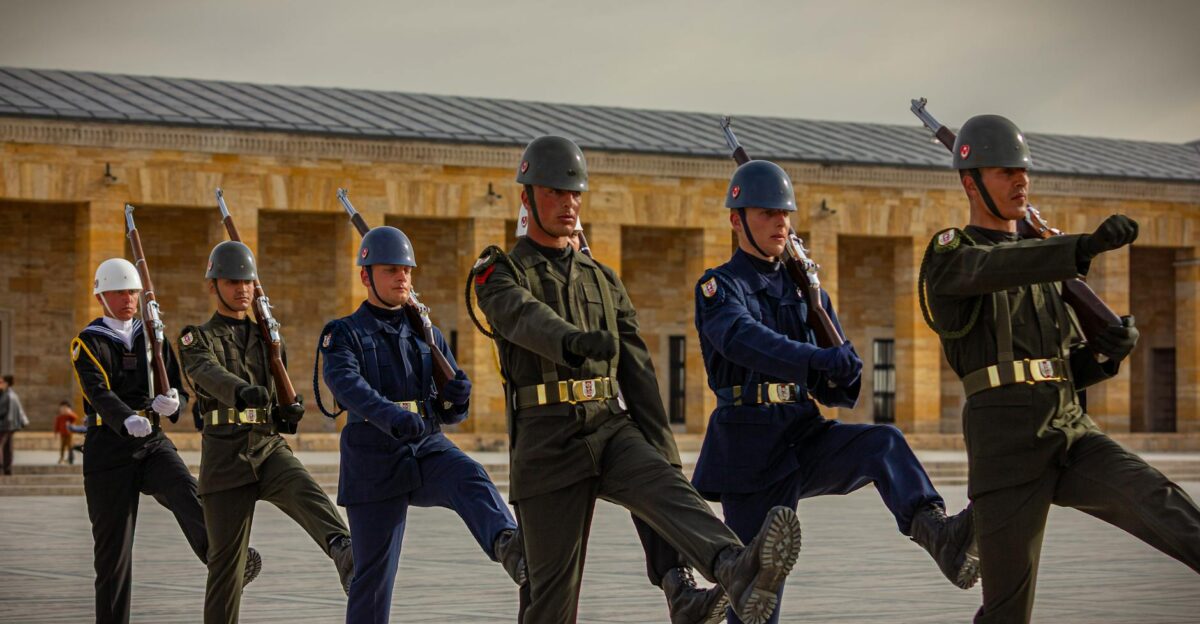
In American memory, the Beeline March helped define the frontier rifleman archetype. The volunteers became symbols of patriotism and urgency.
As one historian writes, they “exemplified the volunteer spirit” of 1775 – men who “set aside plowshares, iron forges, and writers’ quills to serve a cause”.
Schools and reenactors still celebrate this story.
Each June, local groups retrace parts of the old route in commemoration. The march is a legendary tale highlighting unity and grit – ordinary citizens marching hundreds of miles to defend liberty.
Modern Relevance
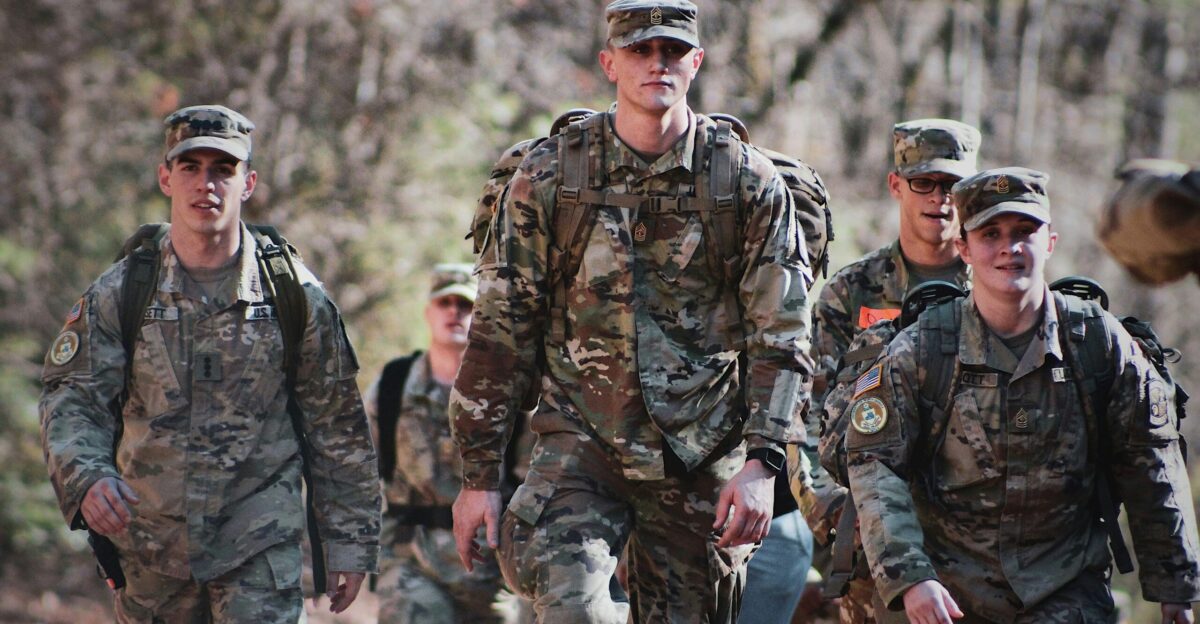
For military leaders today, Morgan’s 1775 dash remains instructive. A 2025 Army history journal ties those rifle companies to the modern infantry branch, implying that their pioneering spirit lives on.
Officers cite Morgan’s bold leadership and the unit’s cohesion as lessons in overcoming logistical strain. Cadets are taught that clear mission focus, morale and initiative enabled these colonial volunteers to achieve what seemed impossible.
Two hundred fifty years later, the march is still cited as a case study in rapid deployment and mission command – a timeless example of soldiering excellence.